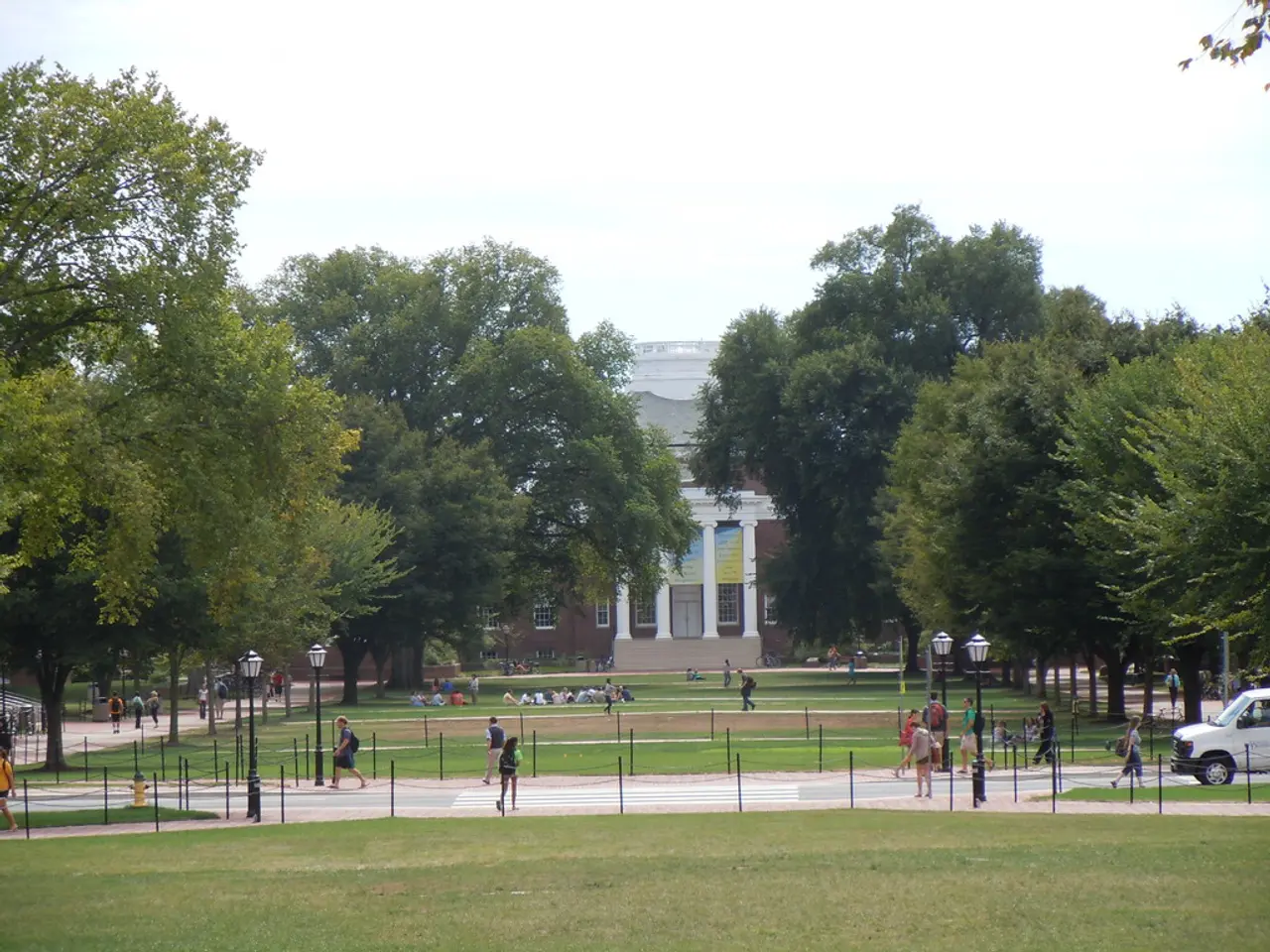Annual energy expenditure at the University Science Building slashes by $1.2 million, all the while adhering to environmental safety ventilation standards.
In a significant stride towards sustainability and cost-efficiency, a renowned university has optimised the energy performance of its Science and Engineering Building (SEB) through the implementation of Cimetrics' Analytika Pro solution.
Background
The SEB, a 130,000 square foot nanotechnology research facility, houses class-10, class-100, and class-1,000 cleanrooms, offices, and classrooms. Designed with future flexibility, the building initially had excess HVAC capacity and high utility costs.
Implementation of Analytika Pro
Cimetrics was selected to provide its Analytika Pro solution for the SEB. Over 1,000 Analytika software algorithms were used to identify opportunities to reduce energy consumption, improve comfort, and reduce operations and maintenance costs.
To integrate Analytika Pro with the building's existing system, Cimetrics collaborated with Siemens to connect to and collect data from nearly 3,500 physical points in the SEB. The following systems were monitored: 8 air handling units, 18 chilled water and hot water pumps, 4 steam-to-hot-water heat exchangers, 192 terminal units, 25 recirculating air handling units, and 106 fan coil units.
Approach
The system continuously collected data from various devices and sensors. It used analytics to identify inefficiencies, faults, or operational issues. Facility managers received actionable alerts and reports to guide maintenance and tuning.
One of the strategies implemented was to reduce Air Change per Hour (ACH) at the zone level, achieving annual energy savings of $216,105 and reducing carbon emissions by 169 metric tons. Another significant achievement was the resolution of a significant leak in a large air handling unit's humidifier steam jacket, resulting in annual energy savings of $59,204 and a reduction of 114 metric tons in carbon emissions.
Results
The implementation of Cimetrics' solution resulted in a total energy savings of $1.2 million per year. The operating cost was reduced by $9 per square foot. Sustainability and environmental stewardship were also prioritised, with the SEB reducing annual CO2 emissions by 1,140 metric tons, equivalent to removing 250 cars from the road.
Impact
The case study about Energy Efficiency Improvements in a University Science and Engineering Building using Cimetrics' Analytika Pro solution focuses on how the building's energy performance was optimised through advanced analytics and network management. The simple payback for the investment was less than 6 months, with a net present value of $4.2 million.
This project demonstrates how advanced building analytics tools like Analytika Pro contribute to sustainable campus operations, reduce carbon footprint, and lower operational expenses. The university aims to reduce its greenhouse gas emissions by 30% below 2006 levels, and this initiative is a significant step towards achieving that goal.
- The Science and Engineering Building (SEB) at the university, which includes nanotechnology research facilities, cleanrooms, offices, and classrooms, initially had high utility costs due to excess HVAC capacity.
- To optimize the energy performance of the SEB, Cimetrics' Analytika Pro solution was implemented, using over 1,000 software algorithms to identify opportunities for energy reduction, improved comfort, and cost savings.
- To integrate Analytika Pro with the building's existing system, Cimetrics collaborated with Siemens, connecting to and collecting data from nearly 3,500 physical points in the SEB, including various air handling units, pumps, heat exchangers, terminal units, and fan coil units.
- As a result of the implementation, the SEB achieved a total energy savings of $1.2 million per year, reduced operating costs by $9 per square foot, and lowered annual CO2 emissions by 1,140 metric tons, equivalent to removing 250 cars from the road, contributing to the university's goal of reducing greenhouse gas emissions by 30% below 2006 levels.




